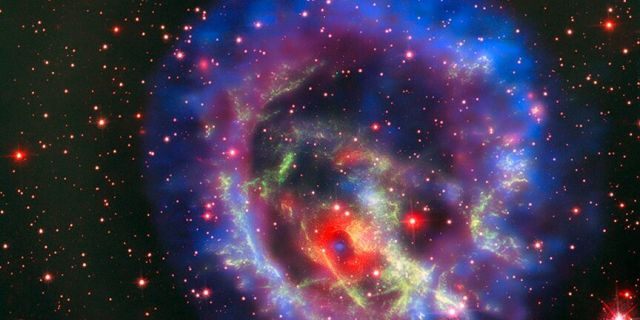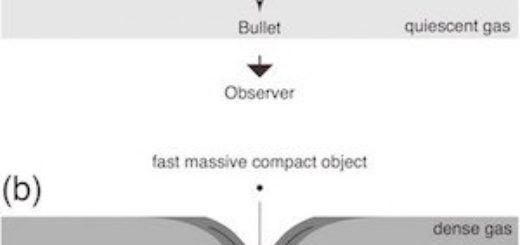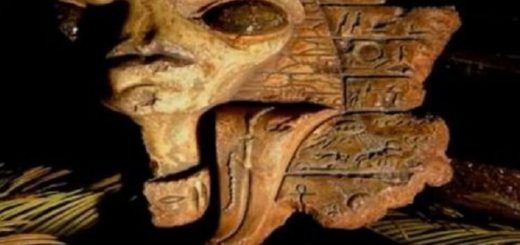‘Lonely’ neutron star looks fabulous in this new close-up

A rare discovery twinkles in the debris of an ancient supernova: the first isolated neutron star ever found outside the Milky Way. And researchers just got their best look yet.
The Small Magellanic Cloud looks like a smudge over the southern sky, but it’s actually a nearby galaxy brimming with millions of stars 200,000 light-years away. More than three decades ago, scientists discovered a supernovadebris field inside the Small Magellanic Cloud. But new imagery combines observations from several telescopic instruments that showcase these dust and gas formations like never before. And more information about a rare neutron star has emerged as a result.
One thing that makes this neutron star so special is that it’s the first one astronomers have found outside the Milky Way. Designated 1E 0102.2-7219 (E0102 for short), the neutron star was extra hard to find because it is faint and “lonely,” according to a recent statement from the Chandra X-Ray Observatory. [Diary of a Supernova: How (Some) Stars Blow Up]
When stars larger than 1.4 times the mass of the sun are at the end of their lives, they explode. In the resulting collapse, the star can condense into a high-mass stellar core and form a neutron star.
More From Space.com
Small Magellanic Cloud
Diary of a Supernova: How (Some) Stars Blow Up
Scientists initially spotted E0102 by looking at supernova clouds shaped like a bull’s-eye.
Back on March 2, Frédéric Vogt, a European Southern Observatory (ESO) fellow, published a paper about his research team’s work to locate “p1,” a source of X-rays coming from the general direction of this supernova debris field. They used imagery from the Multi Unit Spectroscopic Explorer (MUSE) instrument on ESO’s Very Large Telescope in Chile to find the source of the X-rays, which they suspected was, in fact, a neutron star. Then, the team found a slowly expanding ring of gas inside the clouds of the supernova leftovers. This gave Vogt and his team the neutron star’s location: at the center of the expanding ring.
Since then, Vogt’s team has published more findings about the neutron star. According to the Chandra statement released on May 23, the new composite image of E0102 combines data from Chandra (seen in blue and purple), MUSE ( in bright red) and the Hubble Space Telescope (in dark red and green). The data suggest that the neutron star is indeed alone without a companion star, and that it formed about 2,000 years ago.
E0102 is the only solitary neutron star with a low magnetic field to be spotted outside the Milky Way, according to Chandra officials. And E0102 turns out to be an extra-special star because it’s rich in oxygen. Massive stars fuse lighter elements into heavier ones before they explode, and the oxygen remnants seen flying through space at millions of miles an hour can help scientists better understand the fusion process during a massive star’s last moments.



 Creators of mankind
Creators of mankind Description of “Tall white aliens”
Description of “Tall white aliens” Where they came from?
Where they came from? About hostile civilizations
About hostile civilizations The war for the Earth
The war for the Earth “Tall white aliens” about eternal life
“Tall white aliens” about eternal life Video: “Nordic aliens”
Video: “Nordic aliens” Aliens
Aliens Alien encounters
Alien encounters The aliens base
The aliens base UFO
UFO Technology UFO
Technology UFO Underground civilization
Underground civilization Ancient alien artifacts
Ancient alien artifacts Military and UFO
Military and UFO Mysteries and hypotheses
Mysteries and hypotheses Scientific facts
Scientific facts


















